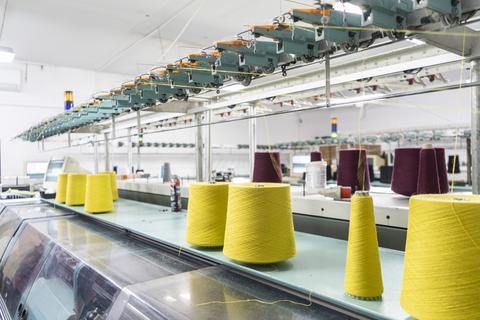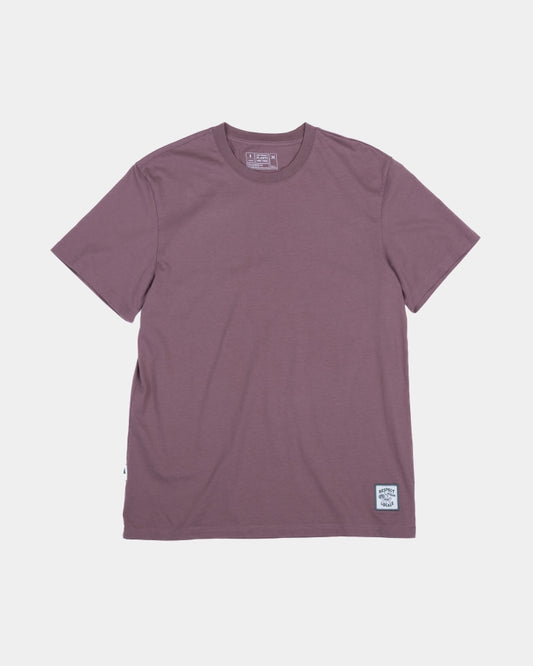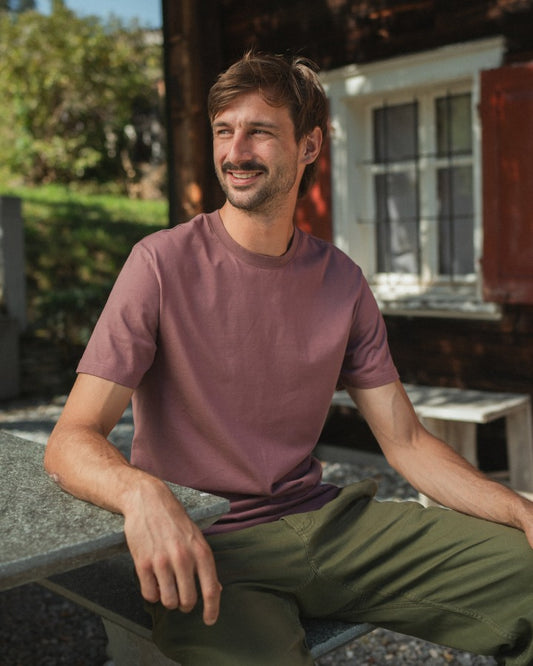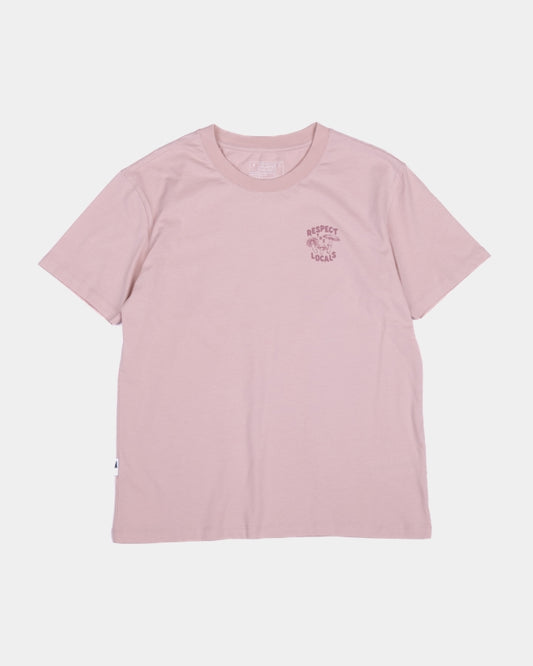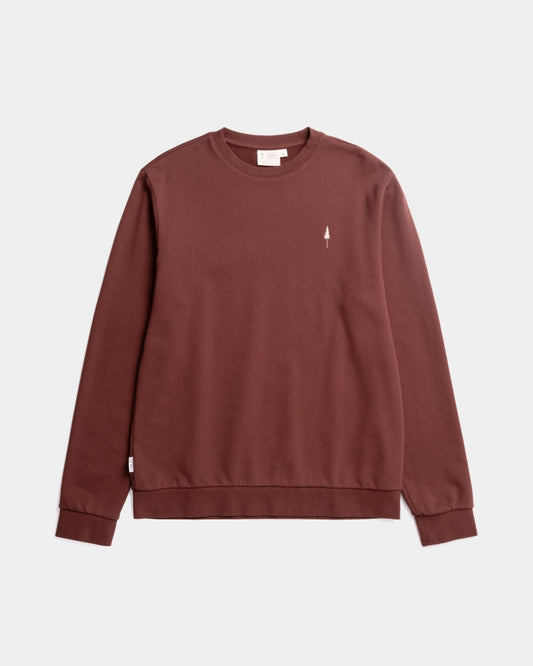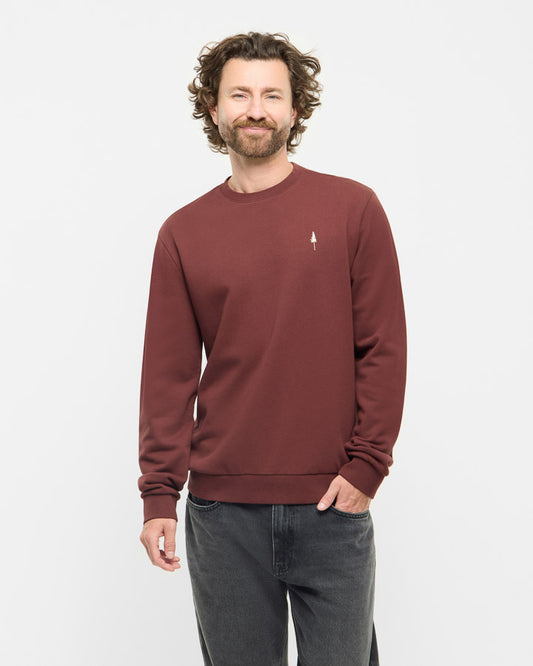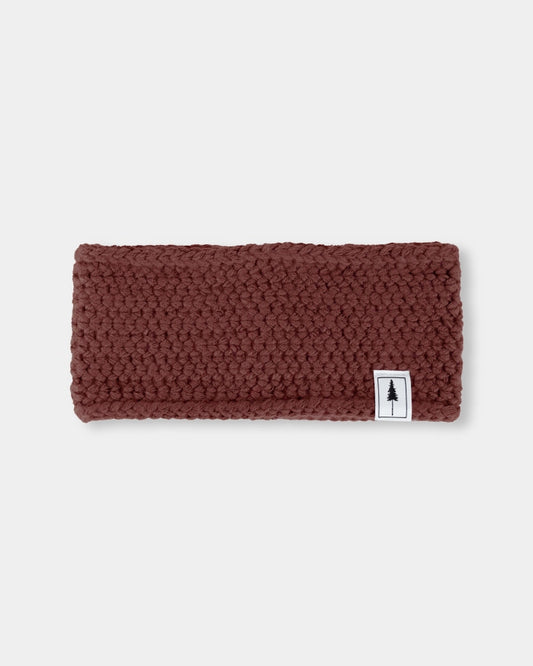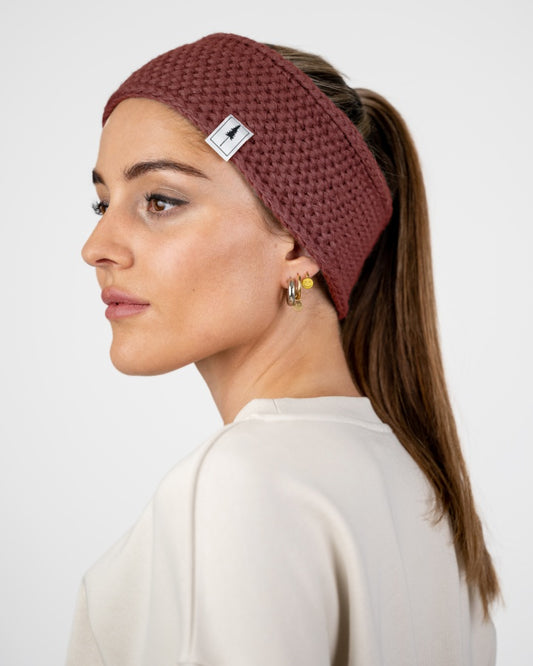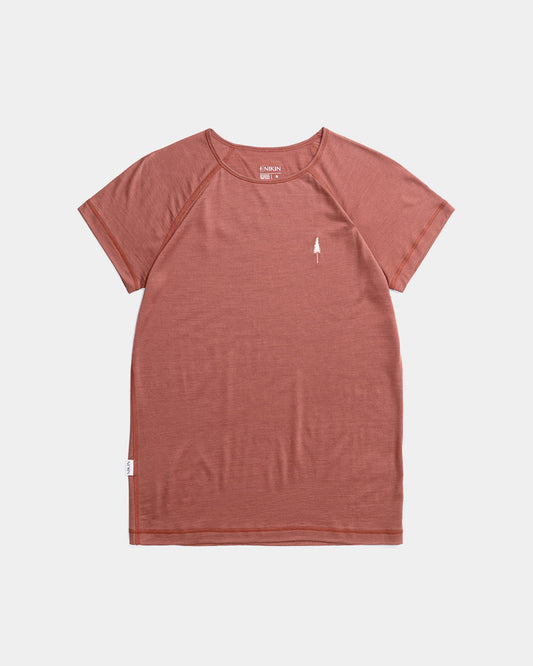NIKIN uses both synthetic and natural fibers in its products. Why did we choose this mixture and what are the advantages and disadvantages of the different materials?
NIKIN uses both synthetic and natural fibers in its products. Why did we choose this mixture and what are the advantages and disadvantages of the different materials?

Our aim is to find the perfect balance between sustainability and affordability. To achieve this, we are always on the lookout for the most suitable materials for our products. We have high expectations of our producers and their fabrics. For example, it is essential for us that the material is vegan. Natural fibers that come from animals, such as sheep's wool, are therefore out of the question for us.
The advantages of synthetic fibers
We use natural materials in our products as much as possible. However, there are products that are not (yet) made from natural fibers and still meet our requirements. Our reasons for using synthetic fibers are manifold, some of which we have listed below:
- Synthetic fibers are durable. We believe it is unsustainable to manufacture products from natural fibers that become unwearable after just a few washes. We want our customers to enjoy their products for as long as possible.
- Synthetic fibers are warmer than cotton, for example. Our treeanies are made from synthetic fibers - apart from the recycled version. This is partly because a winter hat has to keep the ears warm, which synthetic fibers can do much better than cotton, for example.
- We have conducted various tests with natural fibers. However, some products only meet our quality requirements if we manufacture them from synthetic fibers. A product that is made from natural materials but does not have the desired quality will not be included in our range.
- It is very important to us that our products are produced in Europe. However, many European manufacturers are still trapped in outdated ways of thinking. Sustainability is less important to them. This makes it all the more difficult for us to find a producer who manufactures high-quality, affordable products from natural fibers in Europe.
- Synthetic fibers can be dyed with little effort. This makes us more flexible when it comes to our stock levels. This is one of our measures to minimize excess stock. We don't think it's sustainable to produce in large quantities and then let products gather dust in the warehouse.
Co-founder and head of the product team Robin explains in the video what our Treeanies are made of and what requirements he and his team have for materials.
Where is our path leading us?
Our product team is constantly on the lookout for even better solutions. They also stay on the ball when it comes to sustainable, affordable and natural materials. The textile industry is one of the dirtiest businesses in the world. It is therefore incredibly difficult to find sustainable and European manufacturers for our products. But Robin and his team are not giving up. They want to make the products even more sustainable and even more natural - and always in such a way that they remain affordable.
What can you contribute?
You decide for yourself which definition of sustainability you apply. Is durability particularly important to you? Do you not want any synthetic fibers in your products? Do you value European production facilities? Everyone can interpret sustainability differently. But what we would like to recommend to you: NIKIN is not about the individual tree, but about the big movement. We are trying to get as many people as possible to rethink. We are sure that together we can have a big impact and give something back to nature.
Washing synthetic fibers
Garments with synthetic fibers release microplastics into the water with every wash. So if you wash synthetic products, we recommend the Guppyfriend. It filters out microplastics. Make sure you don't wash your products too often or too hot. It is often enough to air out the product.





